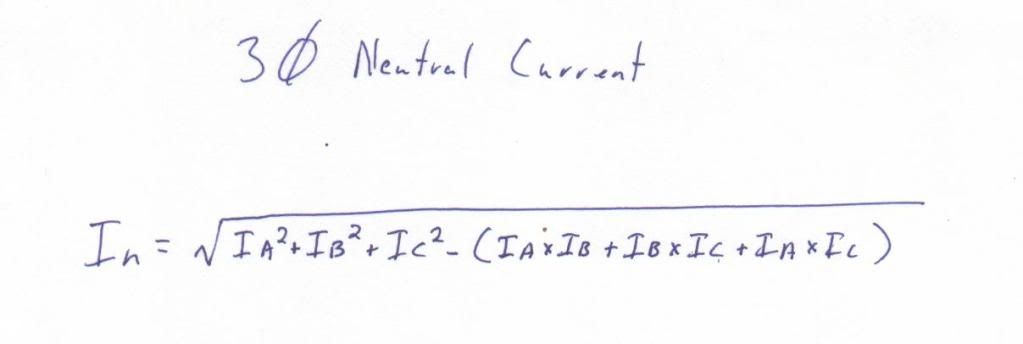bluescotty
New member
- Location
- aberdeen
I am a new member and cannot find where to post a new thread so hopefully someone can instruct me on this?
In the meantime I have a query which is:
When connecting a single phase load across 2 phases of a 208/120 3 phase 4 wire system what is the actual current drawn in each of the 2 phases?
If for example I had an appliance that had a full load current of 20A would the current be 10A on each of the the two phases connected. If it was phase to neutral I know that theoretically it would be 20A on the phase conductor with no current on the neutral, but what about phase to phase?
In the meantime I have a query which is:
When connecting a single phase load across 2 phases of a 208/120 3 phase 4 wire system what is the actual current drawn in each of the 2 phases?
If for example I had an appliance that had a full load current of 20A would the current be 10A on each of the the two phases connected. If it was phase to neutral I know that theoretically it would be 20A on the phase conductor with no current on the neutral, but what about phase to phase?

